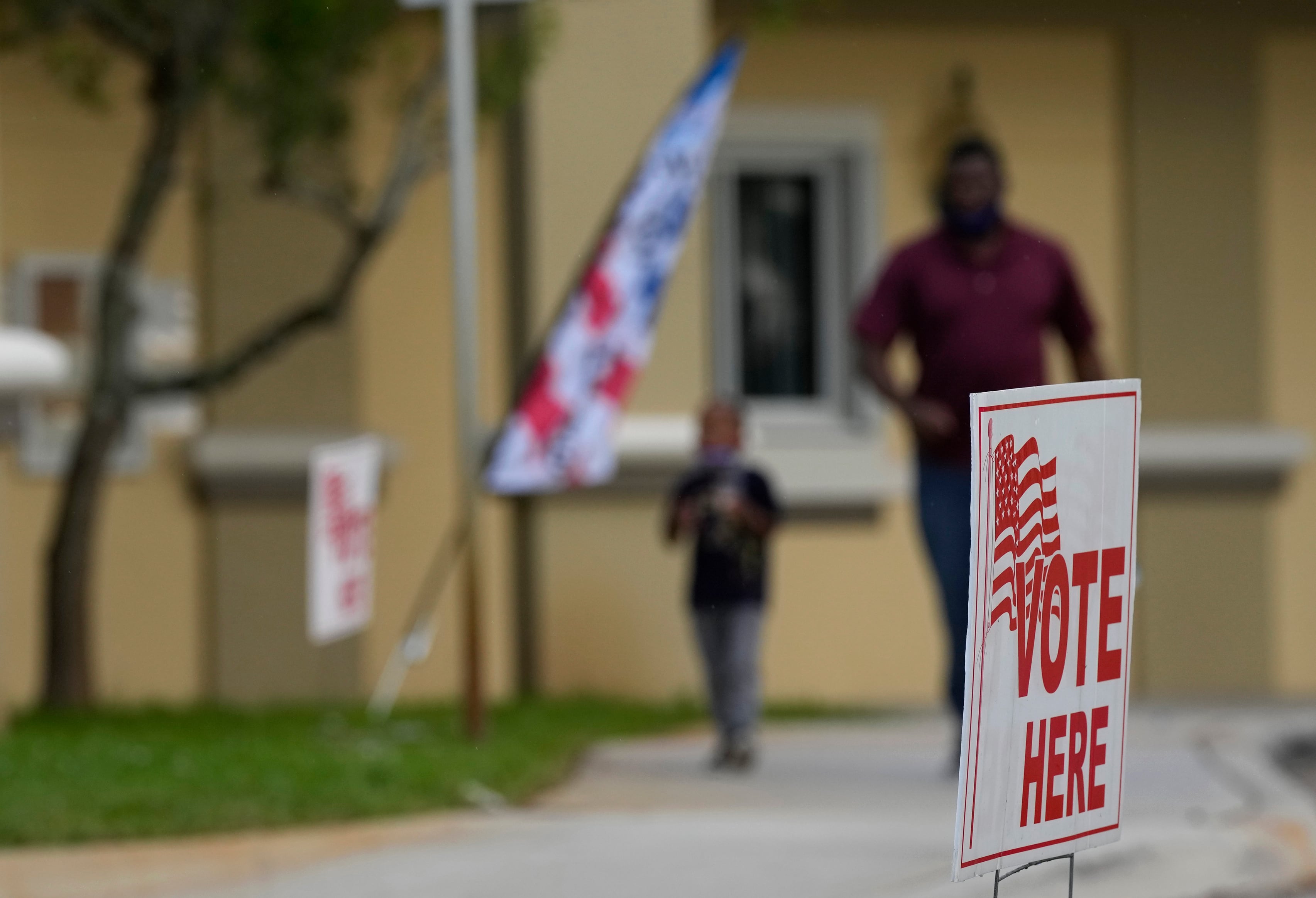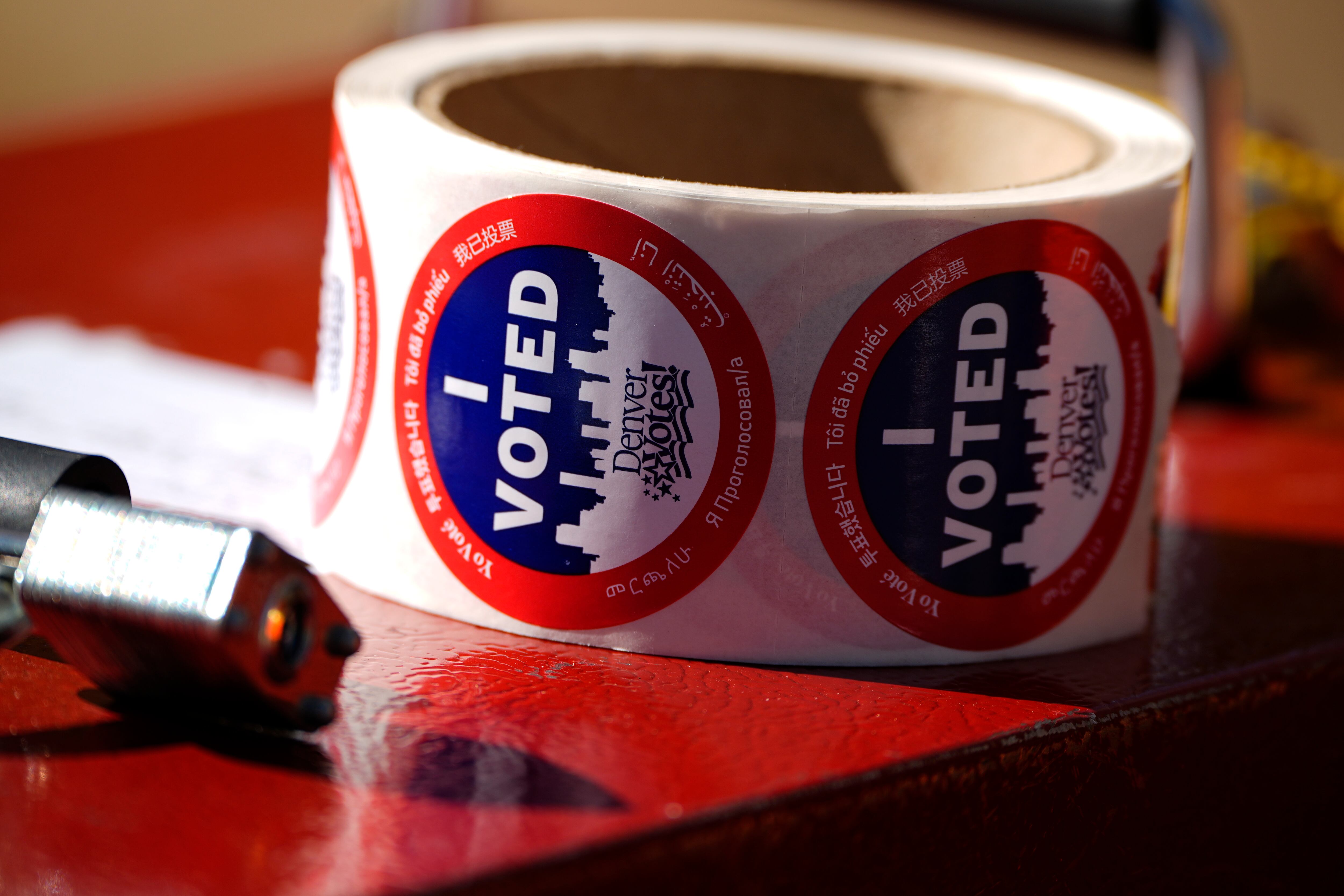Many states won’t know the results of the presidential election on the night of Nov. 5, and military ballots are partially to blame.
Last week, state election officials urged patience among voters waiting for the final tallies in this year’s national and local contests, noting that it could take days after the polls close before a winner will be officially declared.
“Nuances in state laws could mean in this very close election, we won’t know on election night who the president is or who controls the House or the Senate,” said Trey Grayson, the former Republican Kentucky Secretary of State and former director of the Institute of Politics at Harvard University.
“But we should feel confident that, over the next couple of days, we’ll work through that, and that we’re going to get there.”
RELATED

Those nuances include how states handle absentee and overseas military ballots. Only 16 states allow election workers to begin counting votes cast by mail to be processed before Election Day.
Fourteen others — including the battleground states of Wisconsin and Pennsylvania — can begin tallying mail-in ballots on Election Day, with some restrictions. The remaining 20 states don’t allow any work to be done on those ballots until after polls close, typically after 8 p.m. local time on election night.
“I think we’re going to have the overwhelming majority of ballots counted probably by Wednesday night or Thursday morning,” said Kathy Boockvar, former Democratic Pennsylvania Secretary of the Commonwealth, which oversees election issues. “But it’s going to take days, if not weeks, to call some races.”
Officials warned that cutting off the process early or challenging the validity of those late-counted mail-in votes risks ignoring the votes of military members forced to participate in the process from afar because of deployments.
According to estimates from the Federal Voting Assistance Program, about half of the 170,000 U.S. service members living or working overseas cast a mail-in ballot in the 2020 election.
“Like all Americans, I want to have a voice in our elections,” said Nicole Meek, an Air Force spouse working with the Secure Families Initiative on voting rights issues. “But I don’t have the same option that my friends and family have to walk into their local polling station and cast their ballot in person.
“I have to plan far in advance, pay attention to early deadlines for military voters. I update my address each time we move. I receive my ballot in advance, and then I mail it back early, hoping that it arrives by the deadline. And even if I do all of these things, even if military voters do all of these things right, military ballots will still be among the last counted.”
Officials from the initiative said they hope public education about the election process — and the different state rules regarding mail-in ballot counting — will help tamp down misinformation about the slow pace of vote totals on election night.
Republican groups have issued challenges to absentee ballot counting procedures in several states in recent weeks, although party leaders have insisted that they do not want the votes of military members disqualified amid reforms. Democratic opponents have accused them of doing exactly that with the legal moves.
Boockvar noted that in 2016, the state received only about 260,000 mail-in ballots. In 2020, amid the COVID-19 pandemic, that figure jumped to more than 2.6 million. This year’s total is expected to be even higher.
“You might assume with 10 times as many ballots, it would take 10 times as long to count,” she said. “It didn’t, thanks to the incredible dedication and around-the-clock work by our local election officials. But it did still take time.”
Leo covers Congress, Veterans Affairs and the White House for Military Times. He has covered Washington, D.C. since 2004, focusing on military personnel and veterans policies. His work has earned numerous honors, including a 2009 Polk award, a 2010 National Headliner Award, the IAVA Leadership in Journalism award and the VFW News Media award.





